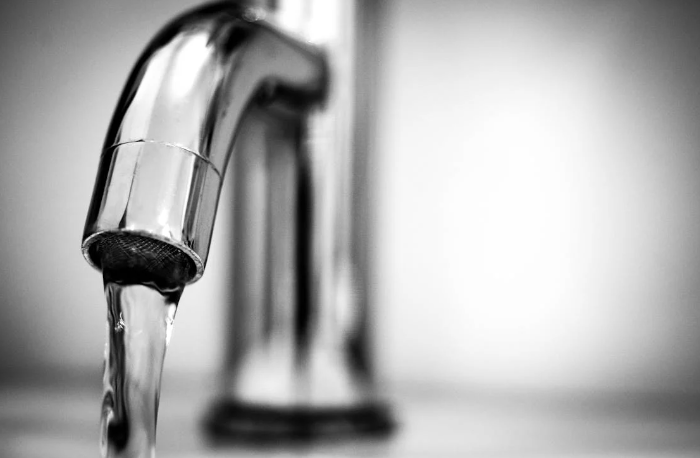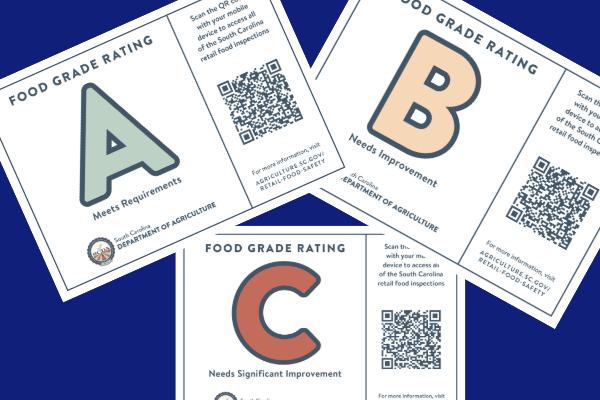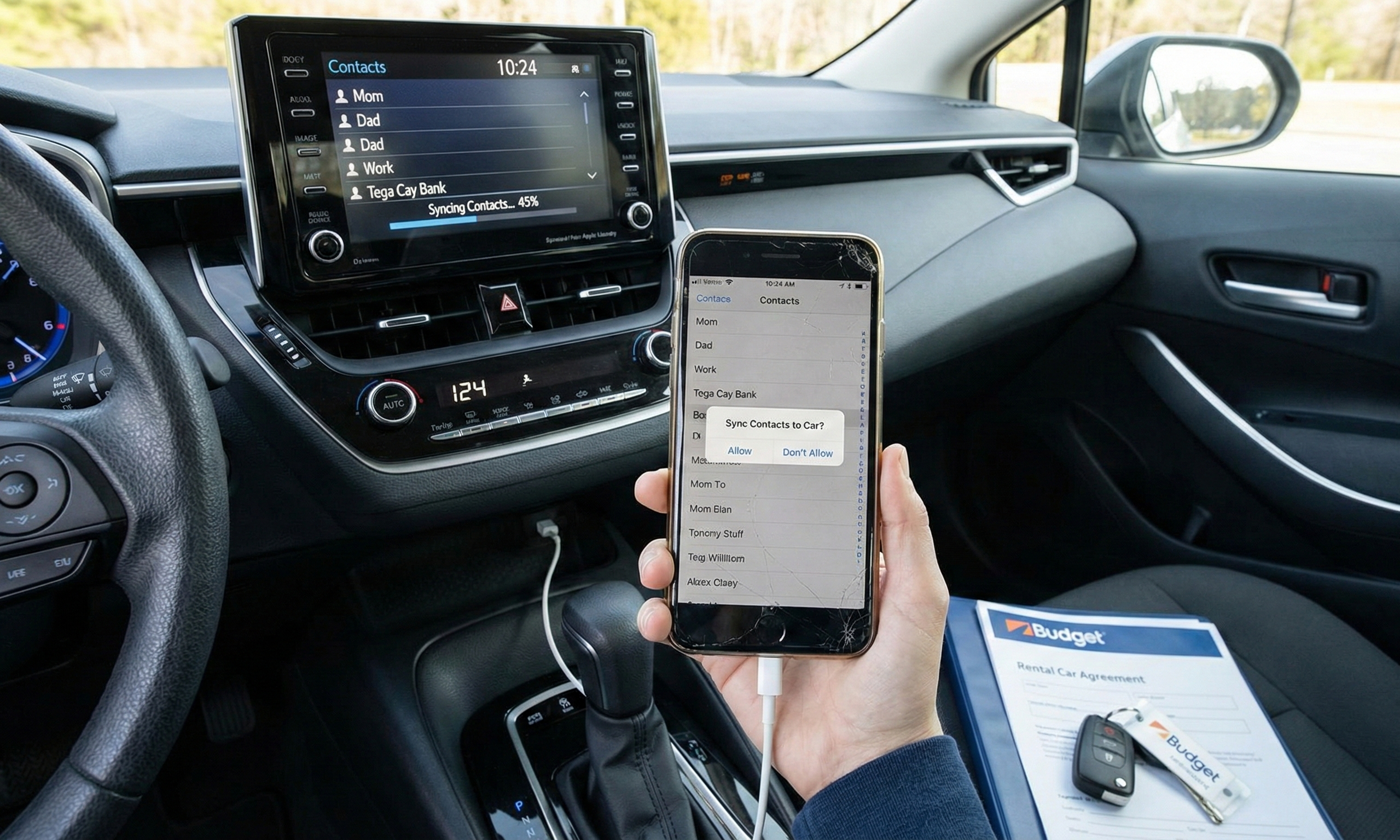As temperatures plummet across the Carolinas, the risk of frozen and burst pipes increases, potentially causing thousands of dollars in damage. Pipes in unheated spaces like basements, attics, garages, or even cabinets along exterior walls are especially vulnerable. Here’s how to prevent and manage frozen pipes this winter.
Preventing Frozen Pipes
- Insulate Pipes: Pipe insulation costs as little as 50 cents per foot and can help avoid expensive repairs.
- Keep Garage Doors Closed: Especially if water lines run through the garage.
- Open Cabinet Doors: Allow warm air to circulate around pipes under sinks, but remove any harmful chemicals if you have children.
- Let Faucets Drip: Running water, even a trickle, can prevent freezing.
- Maintain Indoor Temperature: Keep your thermostat at a consistent temperature, day and night, to avoid pipe freeze-ups.
- When Away: Leave the heat on and set it to at least 55°F.
- Seal and Insulate: Add insulation to attics and basements, and seal cracks around windows and doors to reduce drafts.
Thawing Frozen Pipes
If a faucet only drips, you might have a frozen pipe. Follow these steps:
- Turn on the Faucet: Allow water to flow as the pipe thaws.
- Apply Heat: Use an electric heating pad, hair dryer, or towels soaked in hot water. Avoid open flames, which can damage pipes or cause fires.
- Check for Other Frozen Pipes: If one pipe is frozen, others may be, too.
- Call a Plumber: If you can’t locate or thaw the frozen pipe or suspect a break, seek professional help.
If a pipe bursts, immediately shut off the main water valve to prevent flooding.
Extra Heat for At-Risk Areas
Consider using a space heater to warm areas where pipes are prone to freezing. Ensure safety by plugging the heater directly into a GFCI outlet and avoiding use in bathrooms.
Sign up for our Sunday Spectator. Delivered to your inbox every Sunday, with all the news from the week.










